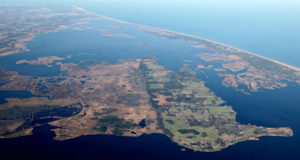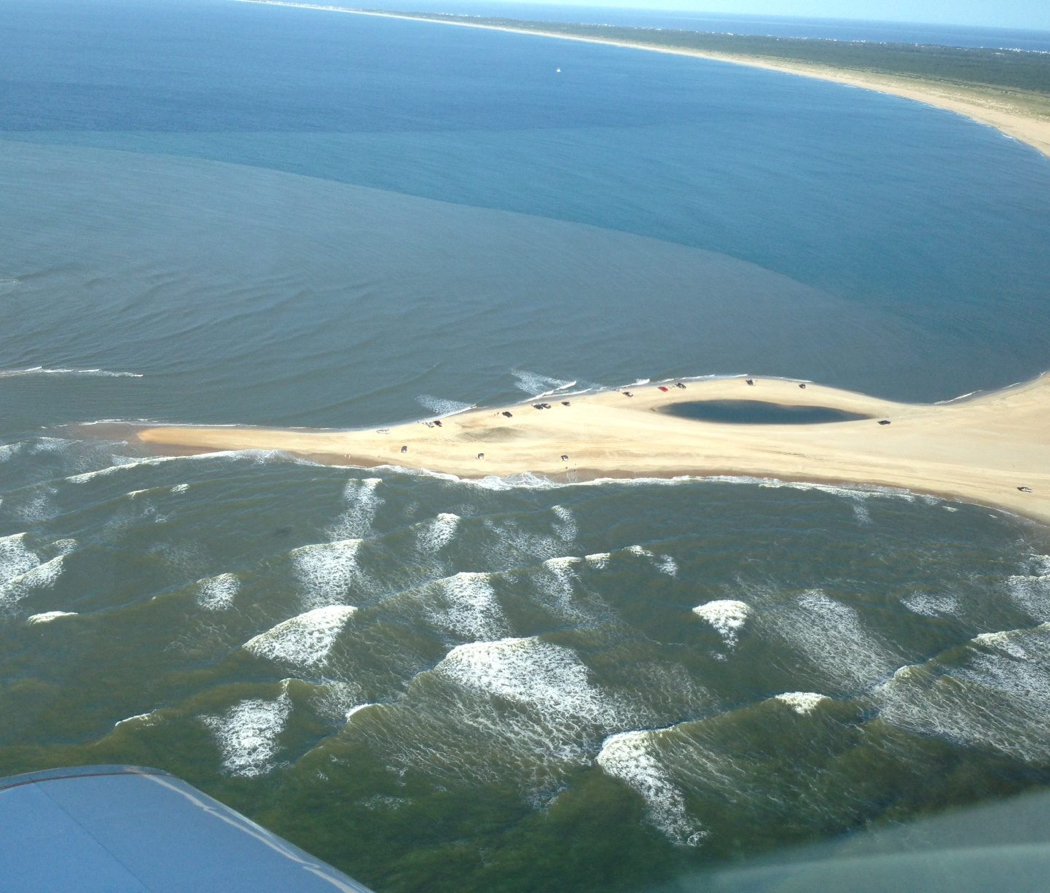The fascinating geologic history behind life on a sandbar.
The shifting sands of the Outer Banks are doing more than just shifting beneath our feet. This blog from Carolina Designs does a great job of telling the story behind the westward drift of the Outer Banks.

“As land masses go, the Outer Banks is a pretty recent addition to the earth’s geology. There are a number of theories about how and why they formed, but no consensus. There is consensus, however, on their age— estimates put their formation somewhere between 4000-5000 years ago.
Originally, they were farther east —that is something everyone agrees on—and the evidence of their migration is remarkable and fascinating.”
[box type=”bio”] Learn more from Carolina Designs about how the Outer Banks is moving west.[/box]
